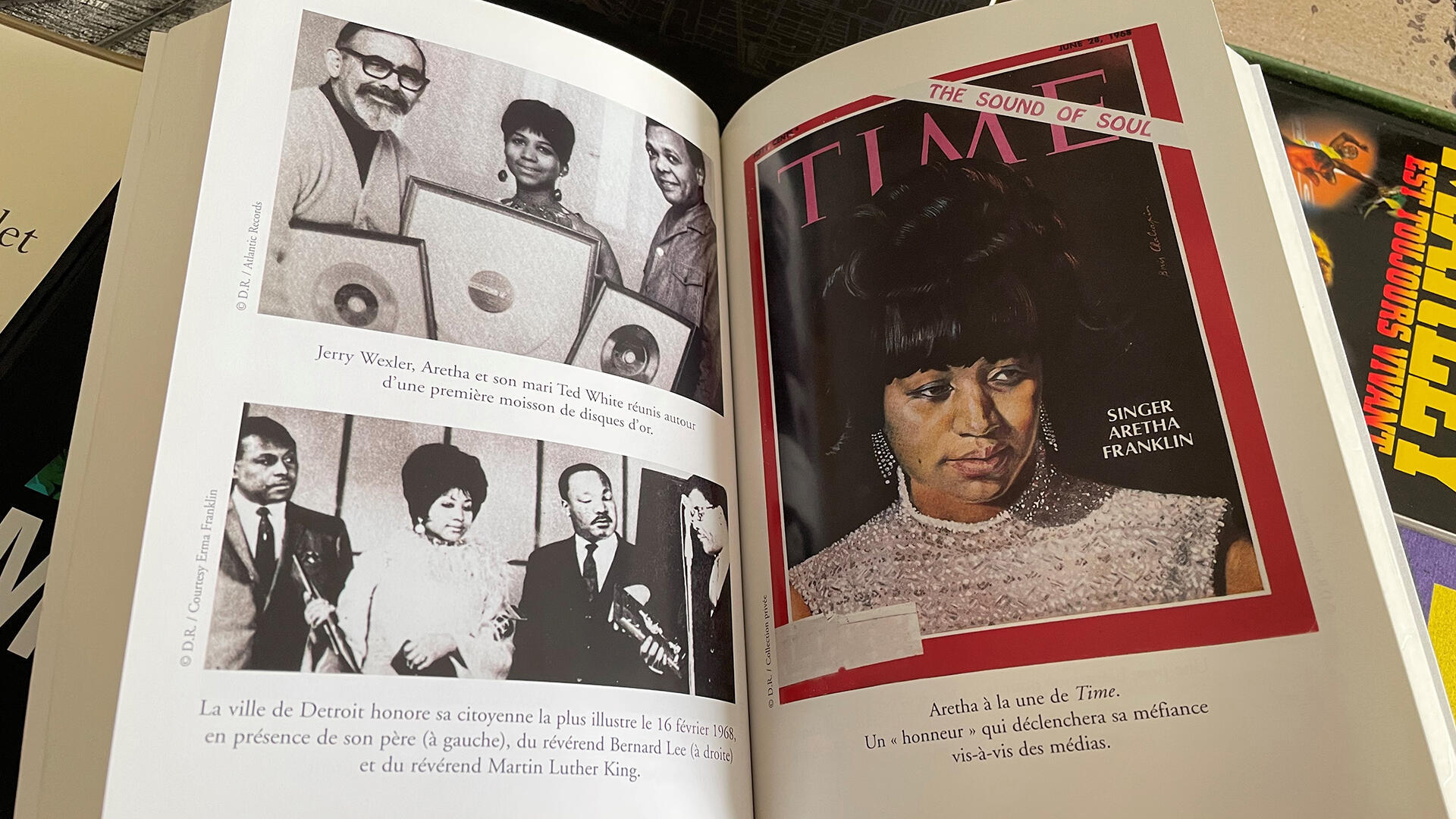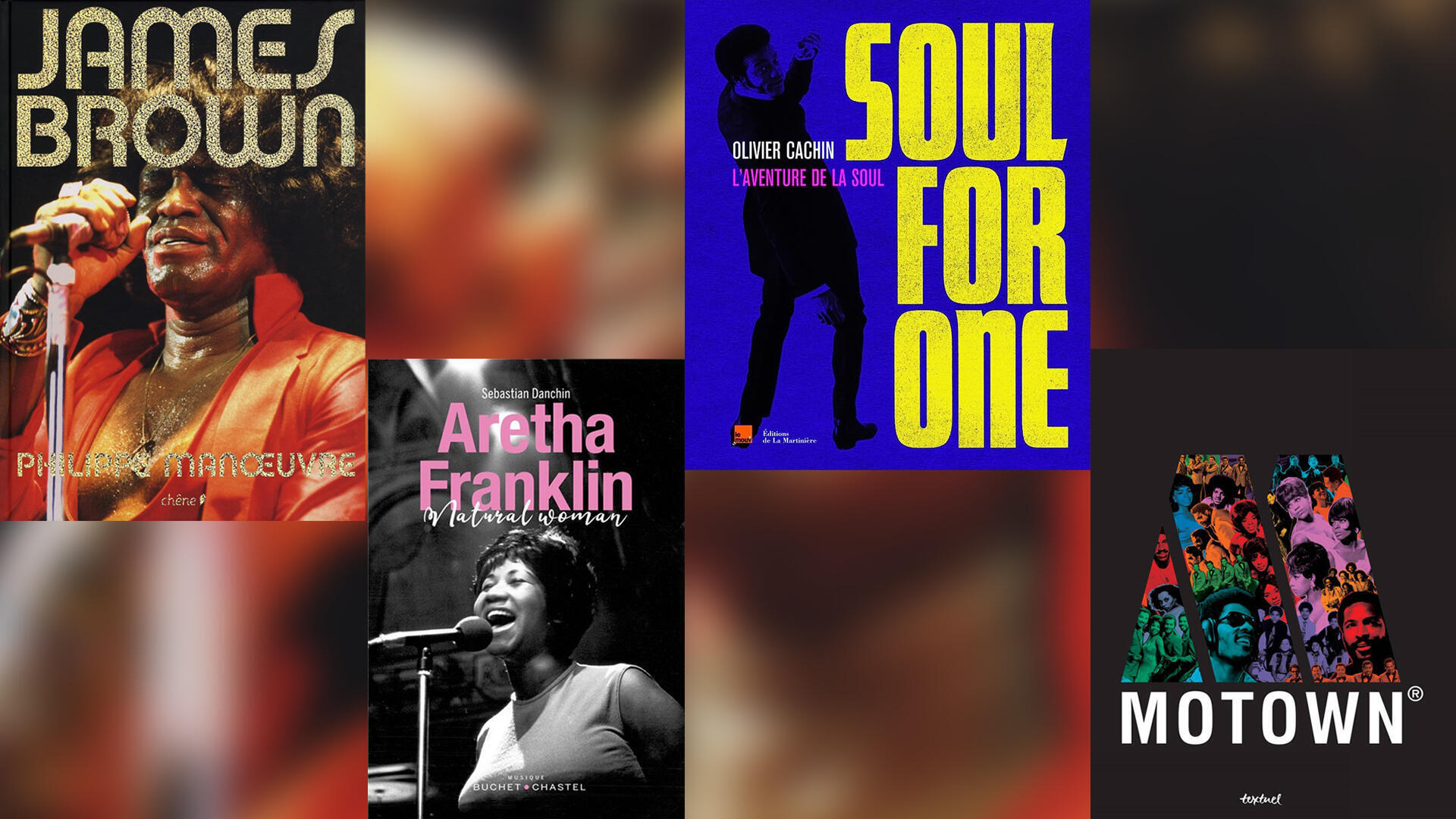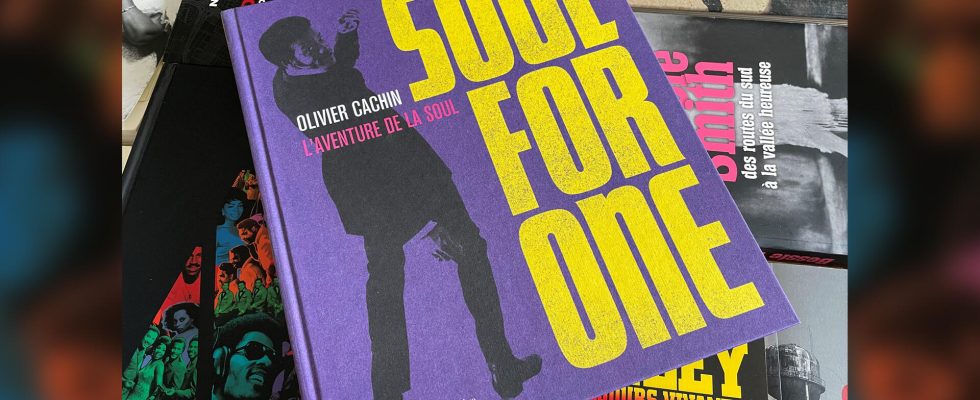If musicians imprint their history through the poetry of notes, writers narrate their destiny in the lyricism of words. Sometimes the two disciplines intertwine and the melody of one feeds the prose of the other. Knowing how to arouse, through words, the interest of demanding listeners is a perilous exercise. However, many authors have pondered, analyzed and studied the place of the great Afro-planetary stars in our international musical landscape.
Adam White published, in 2016, Textuel, an imposing work devoted to the adventure of a historic record company, Motown, led by a visionary duo, Berry Gordy and Barney Ales. The first was black, the second was white. Their association, in the midst of racial segregation in the United States, has certainly accelerated the evolution of consciousness. ” Berry Gordy did not attach importance to the color of the skin. For him, what mattered was your ability to perform your task. He found in Barney Ales a trustworthy person who fully understood the music industry. Beyond their professional complicity, they had a respect one for the other. They were real friends. In my book, there is also a photo where we see Berry Gordy and Barney Ales with their wives who are seated on each other’s knees in a club of Detroit. This gives you an idea of their sibling relationship. It also symbolizes how these two businessmen were considering the development of their label and the spirit that they were trying to impose (Adam White on Joe Farmer’s microphone).
How do you recognize a voice steeped in Soul-Music? Is it the emotion, the speech, the maturity? So many specialists have asked the question! No one has really been able to define the essence of this impalpable but thrilling form of expression. They were dozens to wonder and if their writings give keys of comprehension, the mystery of the inexpressible sound fervor remains whole. The journalist Olivier Cachin had looked into the subject, in 2011, by publishing “Soul for One”, a rich investigation with the editions of La Martinière.
Historians have sometimes preferred to honor the great figures of yesteryear. Aretha Franklin is, without a doubt, an artist whose life story can guide the best pens. Sebastian Danchin made a point of taking a side step by evoking the epic of the ” queen of soul “. This biography, published in 2005 by Buchet Chastel, immerses us in an America bogged down in its contradictions whose redemption passes through the vigor of a unique gospel voice. The 1960s and 1970s undoubtedly represent a golden age during which the protesting momentum of artists maintained the militant flame and civic inspiration.

James Brown was, without question, the figurehead of this rebellious engagement. ” I’m black and I’m proud became, in 1968, the anthem of protest against police exactions and the authorities’ constant oppression of the African-American community. A true icon, the “Godfather of Soul” deserved a weighty work. The journalist and television man, Philippe Manoeuvre, had written a pad of several kilos to the glory of his hero that the Editions du Chêne had marketed in 2007.
Instrumentalists write scores. The writers pace the letters. These two worlds read and listen to each other…
To read :
– ” Motown » (Textual Ed.) – 2016
– ” Soul for One » (Ed. La Martinière) – 2011
– ” Aretha Franklin, Natural Woman » (Ed. Buchet Chastel) – 2004
– ” James Brown » (Ed. Chêne) – 2007.

